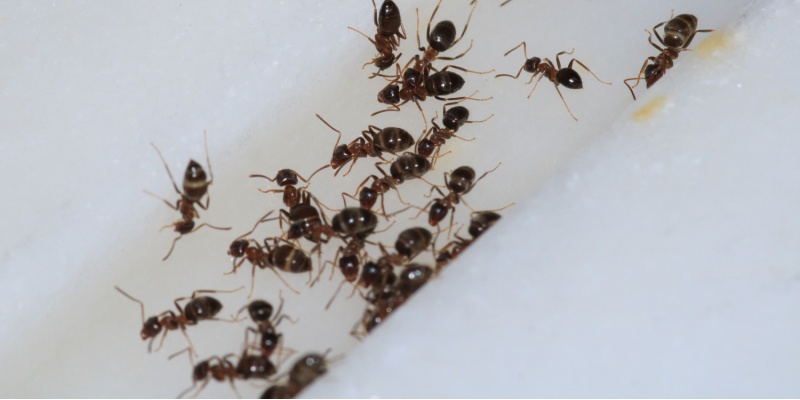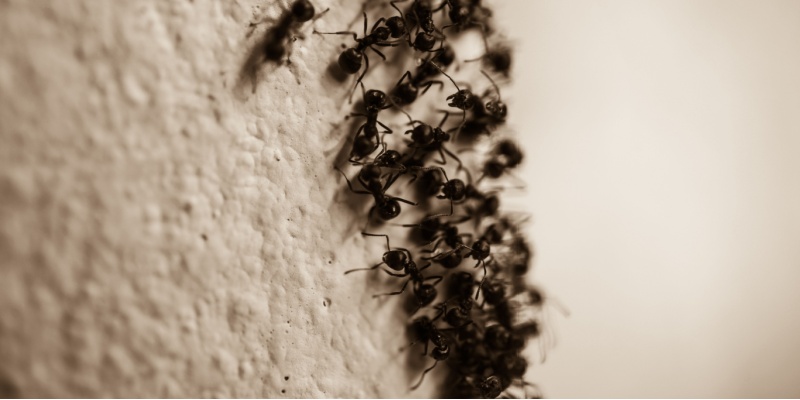Carpenter ants are one of the most common wood-destroying pests homeowners encounter. While they don’t eat wood like termites, they can still cause significant damage by tunneling through it to build their nests. If left unchecked, carpenter ants can weaken the structural integrity of your home and lead to costly repairs. Understanding their behavior and the signs of an infestation can help you take action before the problem escalates.
What Are Carpenter Ants?
Carpenter ants are larger than most common ants, with workers ranging from 1/4 to 1/2 inch in length. They are typically black, but some species may have reddish or yellowish hues. These ants are named for their ability to excavate wood to create smooth tunnels and nesting areas.
Unlike termites, carpenter ants do not consume wood. Instead, they remove it to expand their colonies, depositing the shavings in small piles known as frass. They are most active during the spring and summer months when they search for food and establish new colonies.
How Carpenter Ants Cause Damage
Carpenter ants target moist or decayed wood, which is easier to excavate. Over time, they can extend their tunnels into sound wood, leading to structural damage. Common areas they infest include:
- Wooden beams and supports
- Window and door frames
- Roof eaves and soffits
- Decks and porches
- Crawl spaces and basements
If a colony grows large enough, the damage can become extensive, compromising the stability of the affected areas. While carpenter ants don’t typically cause the same level of destruction as termites, their activity can still lead to expensive repairs if not addressed.
Signs of a Carpenter Ant Infestation
Recognizing the signs of carpenter ants early can prevent further damage. Look for:
- Frass:
Piles of sawdust-like material near wooden structures, indicating wood excavation.
- Hollow-Sounding Wood:
Tapping on infested wood may produce a hollow sound due to internal tunneling.
- Ant Trails:
Carpenter ants often travel in single-file lines, especially at night when they forage for food.
- Winged Ants:
Swarmers, or winged carpenter ants, may appear indoors during mating season. They are often mistaken for termites but have a different body shape and wing structure.
- Rustling Sounds:
Faint rustling noises inside walls may indicate ant activity.
How to Prevent Carpenter Ant Infestations
Preventing carpenter ants begins with addressing conditions that attract them. Here are some tips:
- Repair leaks and eliminate sources of moisture to prevent wood decay.
- Seal cracks and gaps around windows, doors, and foundations.
- Store firewood away from your home and off the ground.
- Trim trees and shrubs that touch your home to eliminate bridges for ants.
- Keep food stored in airtight containers and clean up crumbs and spills promptly.
When to Call a Professional
If you suspect carpenter ants in your home, professional pest control is the most effective way to address the problem. Experts can accurately identify the source of the infestation, assess the extent of the damage, and use targeted treatments to eliminate the colony. This may include baiting systems, insecticide applications, or other specialized techniques.
Carpenter ants are a serious concern for homeowners, but with timely action and preventative measures, you can protect your home from costly damage. If you notice any signs of an infestation, don’t hesitate to seek professional assistance.

